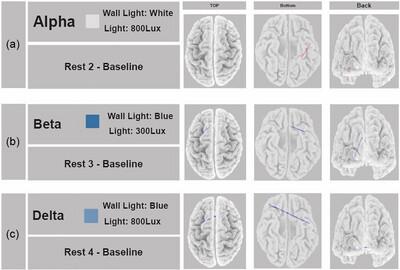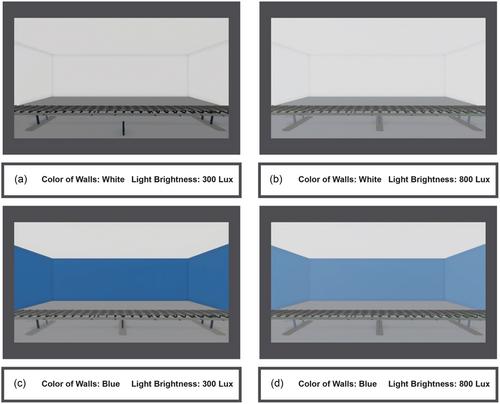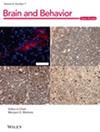Color and brightness at work: Shedding some light on mind wandering
Abstract
Introduction
Occupational hazards are partly caused by the physical factors of the work environment, among which are ambient color and brightness, which can interfere with cognitive performance. Especially in modern work environments, performance relies heavily on cognitive functions such as attention, and an important factor in disrupting sustained attention is mind wandering (MW). This study aimed to investigate the effects of white and blue colors with two brightness levels on sustained attention and brain electrophysiology.
Methods
A total of 20 participants were exposed to 4 different conditions (white and blue as color and 300 and 800 lx as the brightness level) in separate blocks in a virtual reality environment in which a continuous performance test (CPT) was performed.
Results
The high brightness blue condition induced significant changes in sustained attention. MW network analysis showed a significant decrease in delta frequency band in the blue color condition with high brightness and beta decrease in the blue color condition with low brightness, whereas the activity of MW network increased when exposed to the white color condition.
Conclusion
High-brightness blue light resulted in better sustained attention and decreased activity of MW-related neural regions. It is thus recommended that these results be taken into consideration in the interior design of educational settings and cars among other environments that require a high level and maintenance of cognitive functions, especially sustained attention.



 求助内容:
求助内容: 应助结果提醒方式:
应助结果提醒方式:


